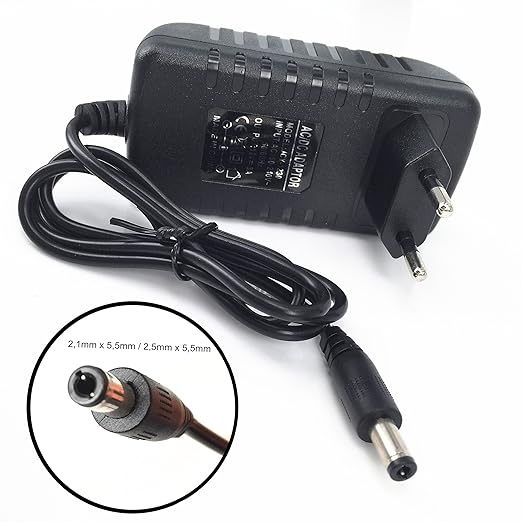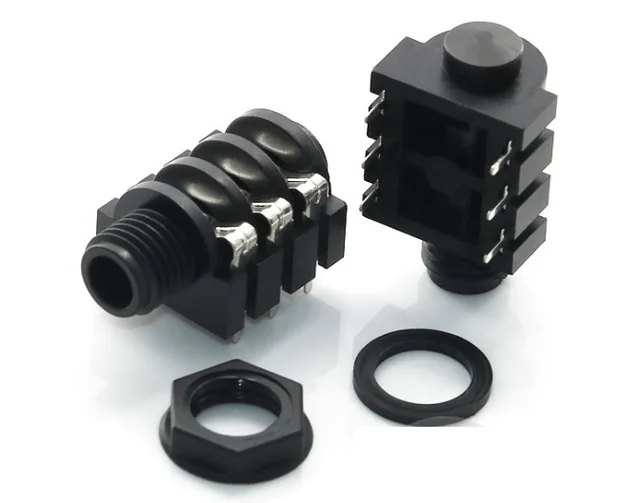Quote from: Katoda on January 30, 2018, 03:37:46 PM
:lmao: I wasn't expecting that at all
If everything is securely in place and it won't move, then I guess it's OK. If the brown empty pcb is intented for the preamp, then you might have some mains hum when it gets amplified through it. Keep the input signal as far away as possible from that psu.
+1 for creativity
Yes, that's where the preamp will go. I'll move the input jack farther away from the PSU and the PCB input will sit right underneath it, so the wire will be a few millimeter long, like 12 mm or so. Hope that works just fine. I guess I should have mounted the PSU with the mains facing the opposite side. Will fix that. Man, I appreciate your input, really do, Thank you!









